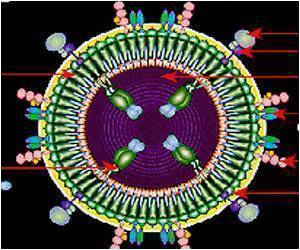A new device could speed up the process of genetically modifying blood stem cells to treat diseases and expand access to gene therapy worldwide.

‘Gene therapies in a box is emerging as an affordable treatment that is available to all clinics worldwide. It can be used deliver potential new therapies for cancer, HIV and other diseases.’





No gene therapies are approved yet for use in the United States. But thousands of patients with at least 15 or 20 inherited or infectious diseases and cancers are being treated with experimental therapies, and many are showing promise.More than 25 million of the estimated 36.7 million people worldwide living with HIV are in sub-Saharan Africa, according to the World Health Organization. No country there could support multi-million-dollar clean rooms or afford the sky-high costs of whatever therapies might come out of them.
The so-called gene therapy in a box, developed by scientists at Fred Hutchinson Cancer Research Center, delivered modified blood stem cells that were as good as -- or better -- than those manufactured in highly regulated clean rooms -- and required less than half the staff.
According to a study that will be published in Nature Communications, the adapted cells also successfully repopulated the blood system when tested in two different animal models.. It is yet to be tested in humans.
"We either had to think about how to build million-dollar-infrastructure and clean-room facilities in clinics all around the world, which is not feasible, or we had to think about simplifying this process into what I originally envisioned as a black box," said Fred Hutch researcher Dr. Jennifer Adair, the study's lead author. "This was the first proof that 'gene therapy in a box' could work."
Advertisement
"This is truly transformative," Kiem said. "It will change the way we manufacture and deliver cell and gene therapy products and will have a major impact on making stem cell gene therapy and transplantation and likely also immunotherapy available to patients with genetic diseases, HIV and cancer worldwide."
Advertisement
Source-Medindia













